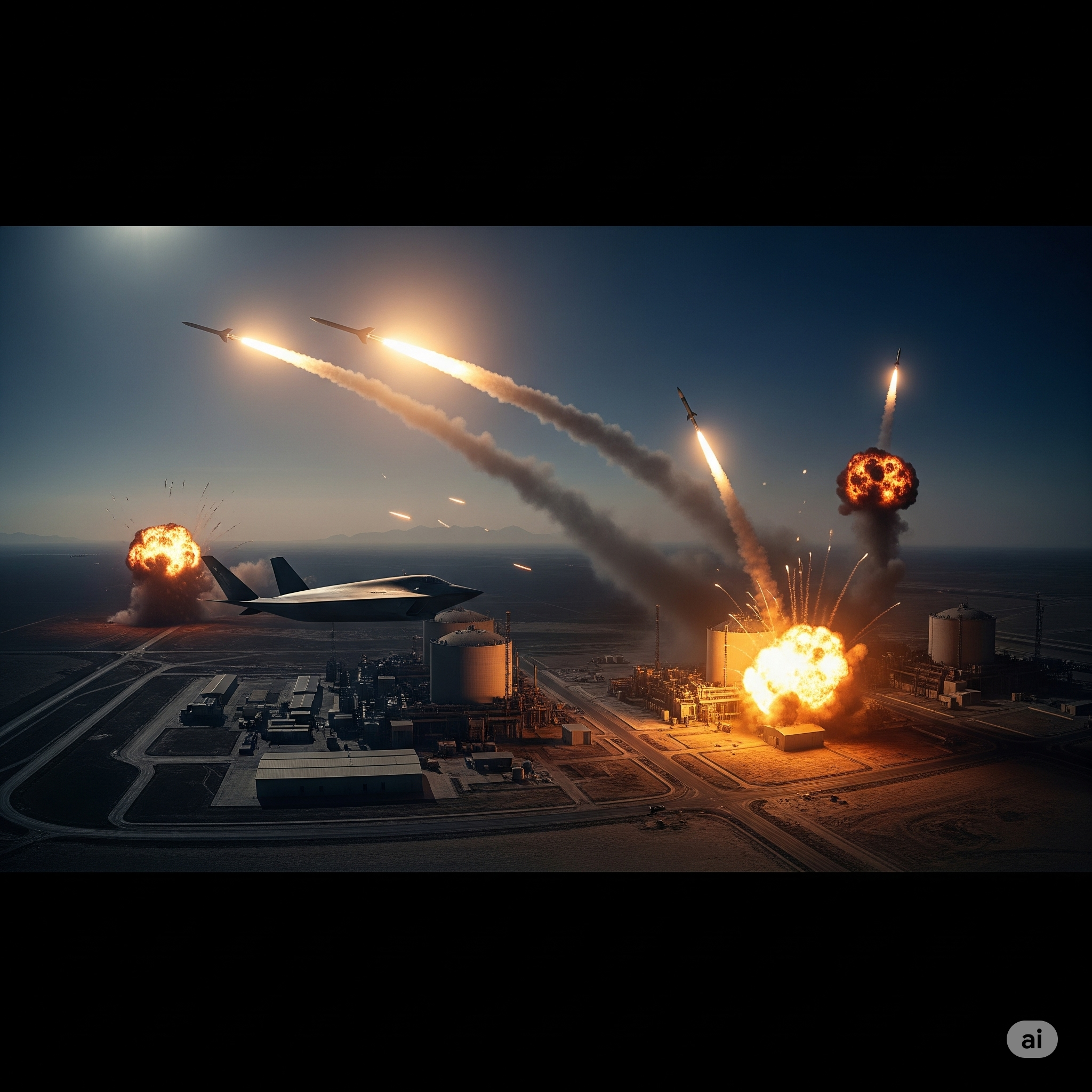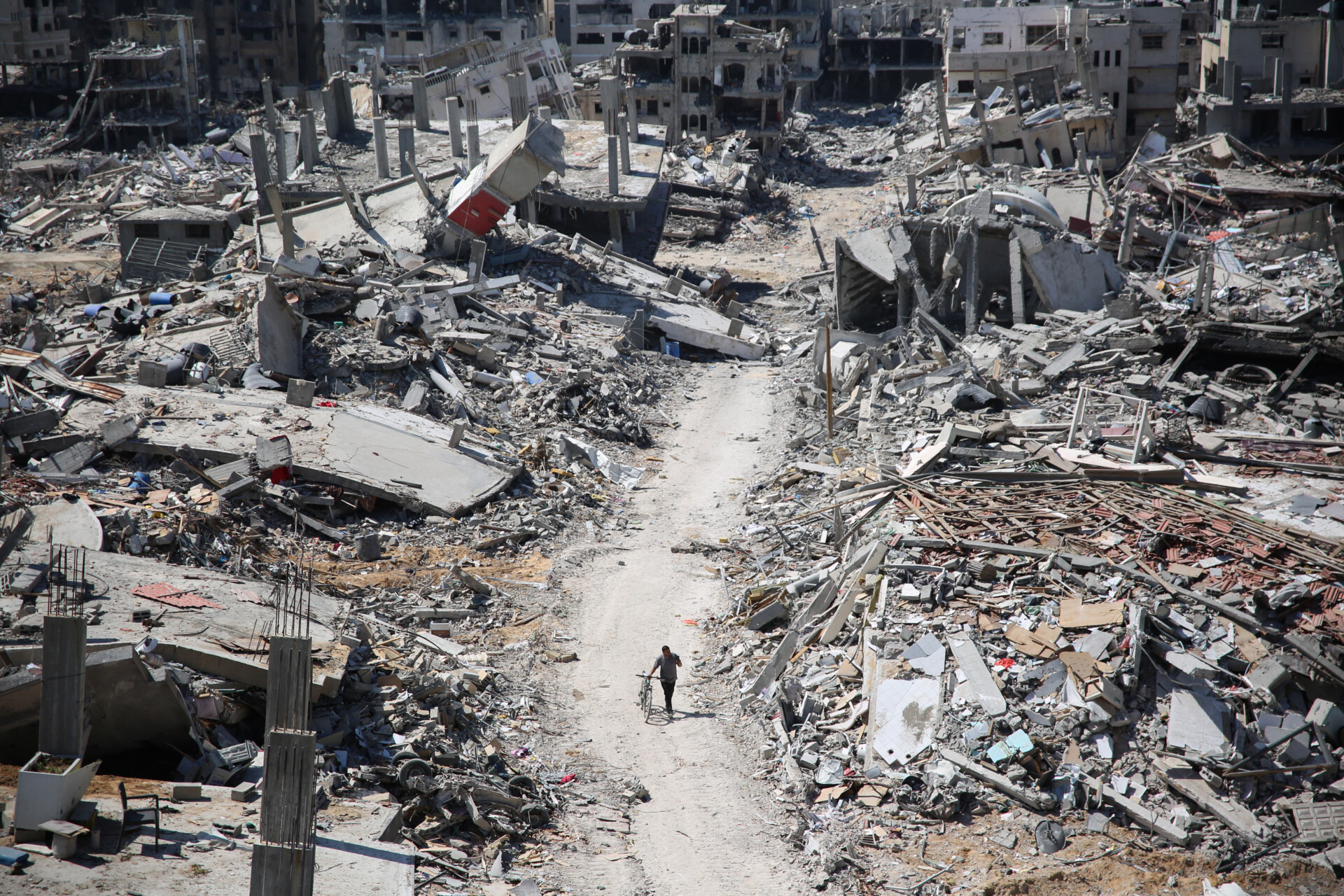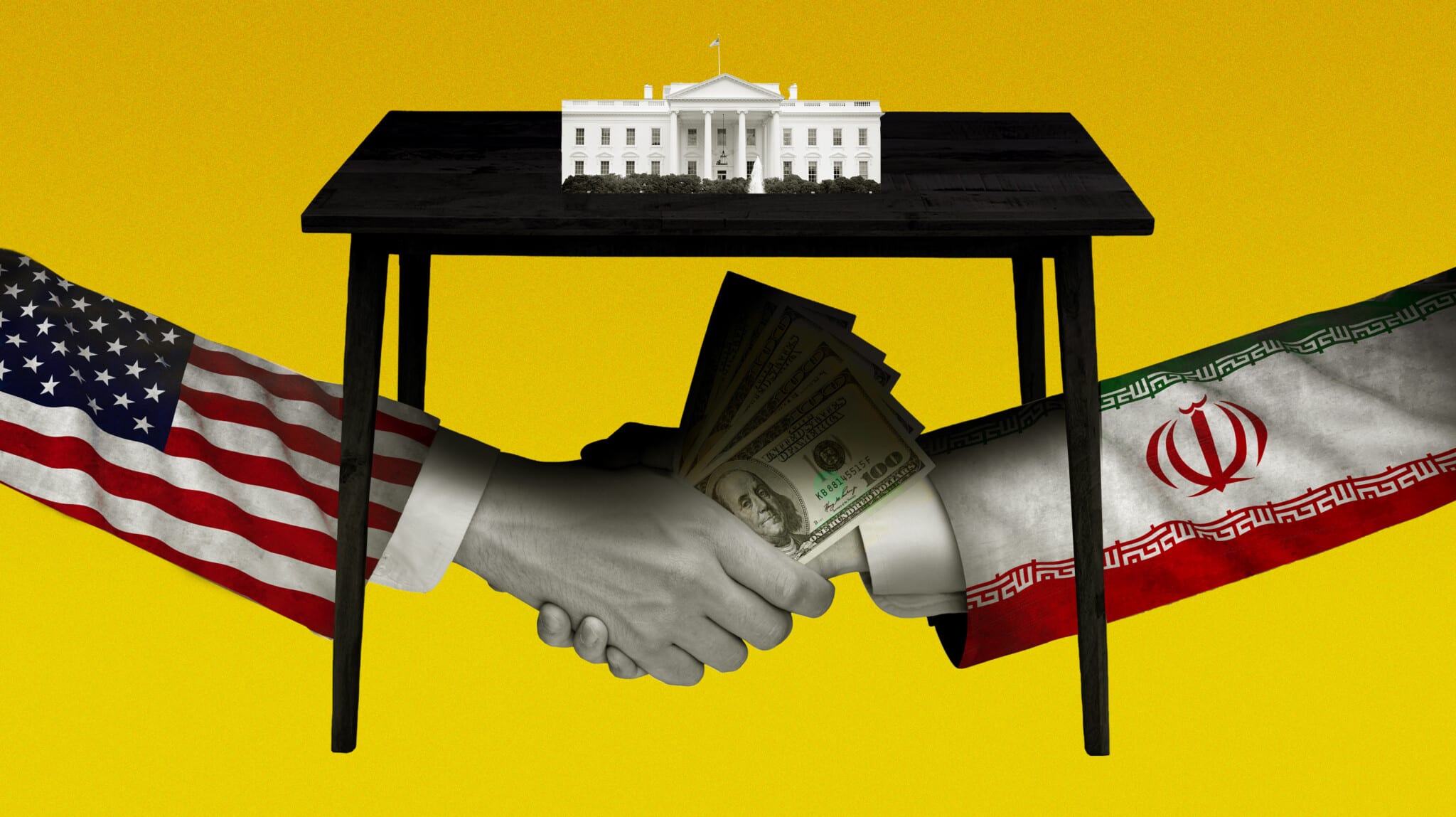U.S. Strike Iran’s Nuclear Sites in Coordinated Military Operation – Global Reaction Intensifies

📰 INTERNATIONAL NEWS | BREAKING
U.S. Launches Airstrikes on Iran’s Nuclear Sites—Global Tensions Escalate
📅 Date: June 22, 2025
📍 Washington / Tehran / Jerusalem
✍️ Reported by: Digital Newspaper
WASHINGTON / TEHRAN / ISLAMABAD / UNITED NATIONS — In a historic and high-stakes military operation late Friday night, the United States joined Israeli forces in launching a coordinated airstrike against Iran’s most fortified nuclear facilities. The strikes, described by U.S. President Donald Trump as a “spectacular military success,” targeted three of Iran’s major nuclear enrichment sites: Fordow, Natanz, and Isfahan.
Using advanced stealth bombers (B-2 Spirits) and submarine-launched Tomahawk cruise missiles, the operation marks the first confirmed breach of Fordow — a heavily fortified facility embedded deep within a mountain. Initial Pentagon assessments claim the targets were “neutralized with high precision” with minimal civilian collateral reported.
Iran’s Foreign Ministry condemned the operation as a “brutal act of aggression” and a clear violation of international law, promising retaliation “at a time and manner of its choosing.” Tehran also alleged that several of its missile defense systems were preemptively jammed prior to the attack, sparking speculation about potential cyberwarfare involvement.
REGIONAL RESPONSE: MIDDLE EAST ON EDGE
Following the attack, Iran launched missiles into southern Israel in retaliation, damaging infrastructure and wounding five civilians. The Israeli Air Force responded within hours, targeting Iran-backed militia positions in Syria and Iraq. Military experts warn that this could be the beginning of a wider escalation across the Middle East, with Hezbollah in Lebanon and Houthis in Yemen already declaring solidarity with Tehran.
Pakistan’s Foreign Office issued a strong condemnation of the U.S.-led strikes, stating, “This unilateral act threatens regional stability and violates all norms of international law.” The statement called for immediate de-escalation and warned that continued militarization would further destabilize an already fragile region.
Saudi Arabia and Oman joined the call for restraint. “We are deeply concerned about the risk of escalation,” said a spokesperson from the Saudi Royal Court. “Diplomatic engagement remains the only viable path to lasting peace.”
GLOBAL REACTIONS: A DIVIDED WORLD
- United Nations Secretary-General Antonio Guterres convened an emergency Security Council meeting, urging all sides to “step back from the brink.”
- Russia condemned the attack, accusing the United States of “imperial adventurism.”
- China labeled the operation “an act of unilateral aggression” and pledged to increase regional diplomacy to stabilize the situation.
- European Union High Representative Josep Borrell expressed “serious concern” and called for a resumption of the JCPOA (Iran nuclear deal) framework.
- India issued a measured statement urging both parties to “prioritize dialogue over force.”
STRATEGIC & LEGAL ANALYSIS
Defense analysts have hailed the precision and success of the operation, particularly the strike on Fordow, previously thought impregnable due to its mountainous location. “This was a surgical strike of enormous complexity,” said Gen. Douglas Keller (Ret.), a former CENTCOM strategist. “It sends a powerful message not only to Iran but to other adversaries watching closely.”
However, legal experts are raising red flags. Critics argue that the operation bypassed Congressional approval and may breach international treaties concerning pre-emptive warfare and attacks on civilian nuclear infrastructure. “Without a UN mandate or congressional authorization, this sets a dangerous precedent,” warned Prof. Lisa Ahmed, an international law specialist at Georgetown University.
POTENTIAL OUTCOMES & RISK ASSESSMENT
Scenario A: Iran chooses calculated retaliation and returns to negotiations under international pressure.
Scenario B: A regional war expands, involving proxies across Lebanon, Iraq, Syria, and the Gulf.
Scenario C: U.S. domestic backlash grows, especially if oil prices spike or American bases are attacked abroad.
Energy markets have already reacted. Oil prices surged 9% within hours of the strike, and stock markets in Europe and Asia closed lower amid fears of prolonged instability.
FINAL NOTE
Whether this marks a turning point toward renewed diplomacy or the spark for a wider conflict remains uncertain. What is certain is that the world is now watching the Persian Gulf with bated breath. All eyes are on Tehran’s next move.
🇺🇸 U.S. Bombs Iran’s Key Nuclear Facilities
In a stunning escalation of Middle Eastern tensions, the United States has launched a series of airstrikes targeting Iran’s top nuclear enrichment sites — including Fordow, Natanz, and Isfahan. These facilities, crucial to Iran’s uranium processing program, were struck by U.S. B-2 stealth bombers and Tomahawk cruise missiles on the night of June 21, 2025.
U.S. President Donald Trump, in an early morning statement, hailed the operation as a “spectacular success,” declaring that the targeted facilities were “completely and totally obliterated.” According to Pentagon sources, the strike was aimed at halting what they claim was an “imminent threat” posed by Iran’s escalating nuclear activities.
🇮🇷 Iran Vows Retaliation, Calls Attack “Act of War”
Iran’s Supreme National Security Council condemned the strikes as a “blatant act of aggression and violation of international law.” In response, Iran launched missile strikes into southern Israel, causing limited structural damage and wounding at least five civilians. Israel has since retaliated with its own air operations targeting Iranian military assets in Syria and Iraq.
🌐 World Reacts: UN Calls for Restraint, Allies Divided
- Israel praised the U.S. action, calling it a “defining moment in the global fight against nuclear terror.”
- Russia and China condemned the attack and demanded an emergency UN Security Council meeting.
- European Union officials urged “maximum restraint” and called for a return to diplomacy.
- UN Secretary-General António Guterres expressed “grave concern” and appealed for de-escalation.
📊 Analysis & Strategic Insight
✅ Military Significance
The strike marks the first known successful U.S. penetration of Iran’s Fordow facility — built deep inside a mountain and thought to be immune to conventional strikes. Defense analysts called the mission a “technical and strategic triumph,” showcasing advanced precision warfare capabilities.
🏛️ Legal & Political Ramifications
Criticism has emerged in the U.S. Congress, with several lawmakers arguing that the President acted without Congressional authorization, raising constitutional concerns. International legal scholars are debating the legality of preemptive military action on civilian nuclear sites under the Geneva Conventions.
🔥 Risk of Wider War
Middle East experts warn that this action could trigger a broader conflict. Iranian-backed militias, including the Houthis in Yemen and Hezbollah in Lebanon, may initiate retaliatory strikes, heightening risks across the region.
📌 Quick Facts
| Category | Details |
|---|---|
| 🔺 Strike Sites | Fordow, Natanz, Isfahan (Iran) |
| 💣 Weapons Used | B-2 bombers, Tomahawk missiles |
| ⚖️ Legal Status | Disputed under UN Charter |
| 🎯 Objective | Disrupt Iran’s nuclear capability |
| 💥 Iran’s Response | Missile strikes on Israel, threats of escalation |
📚 Sources & References
- Al Jazeera – U.S. Bombs Iran Nuclear Sites
- The Guardian – Israel-Iran War Live Updates
- AP News – U.S. Enters Israel-Iran Conflict
- Business Insider – Trump: Iran Sites Obliterated
🧠 Editorial Note
While the U.S. claims to have “neutralized a growing threat,” the global community must now contend with the possibility of prolonged regional warfare. Whether this strike becomes a turning point toward peace or the start of wider chaos depends on the responses in the coming days.
📍 For updates, analysis, and expert opinions, stay connected with Digital Newspaper




